opening hours:
vr t/m zo 12.00-17.00. Ook op afspraak. Toegang gratis.
-
Energieplein 69
2031 TC Haarlem
-
info@nieuwevide.nl
-
Route
-
Volg ons:
-
subscribe to our newsletter
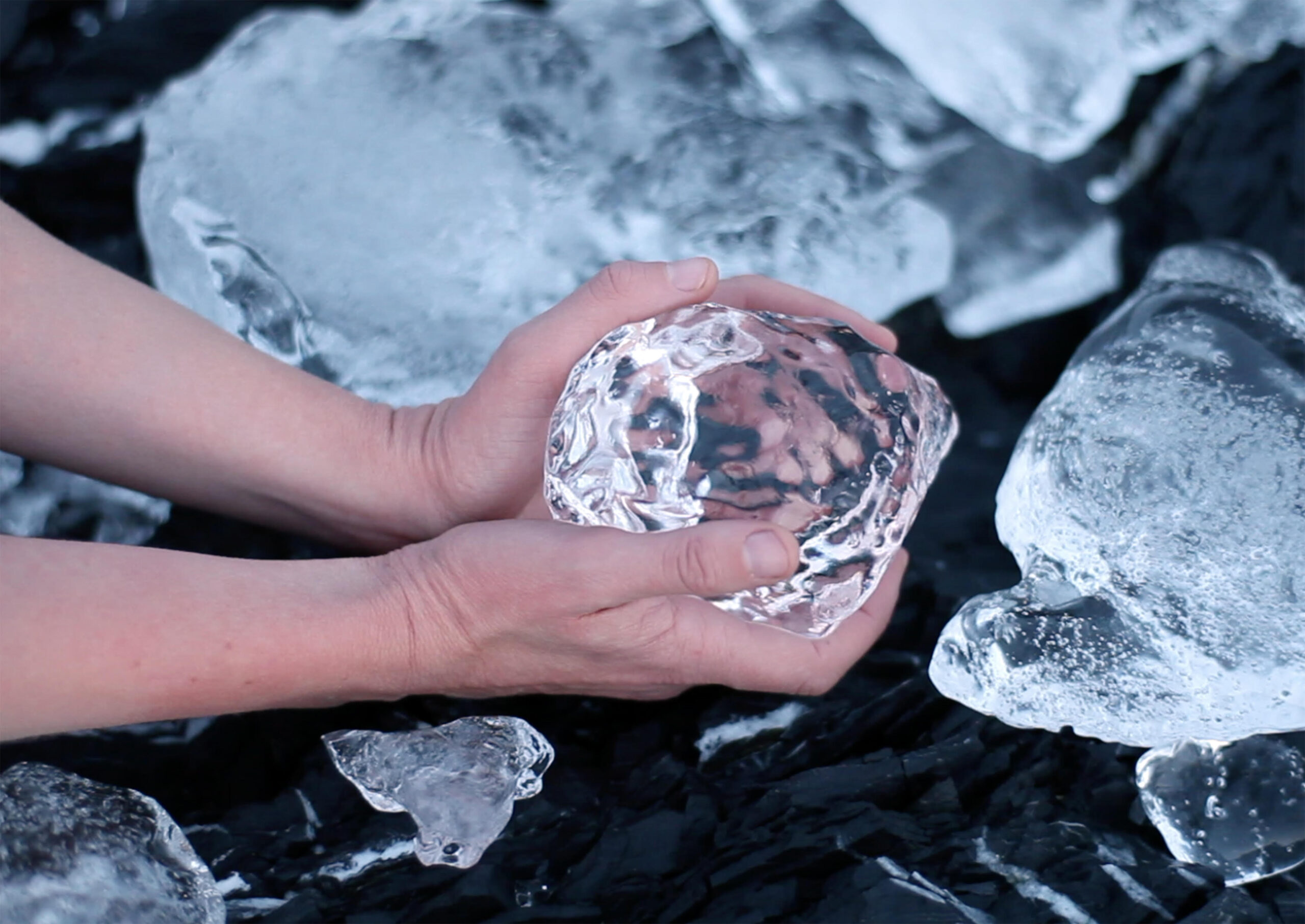
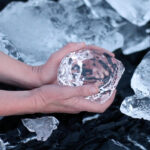
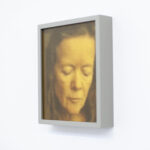
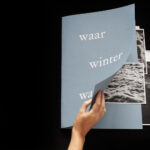
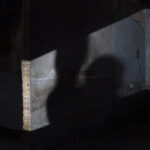
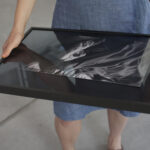

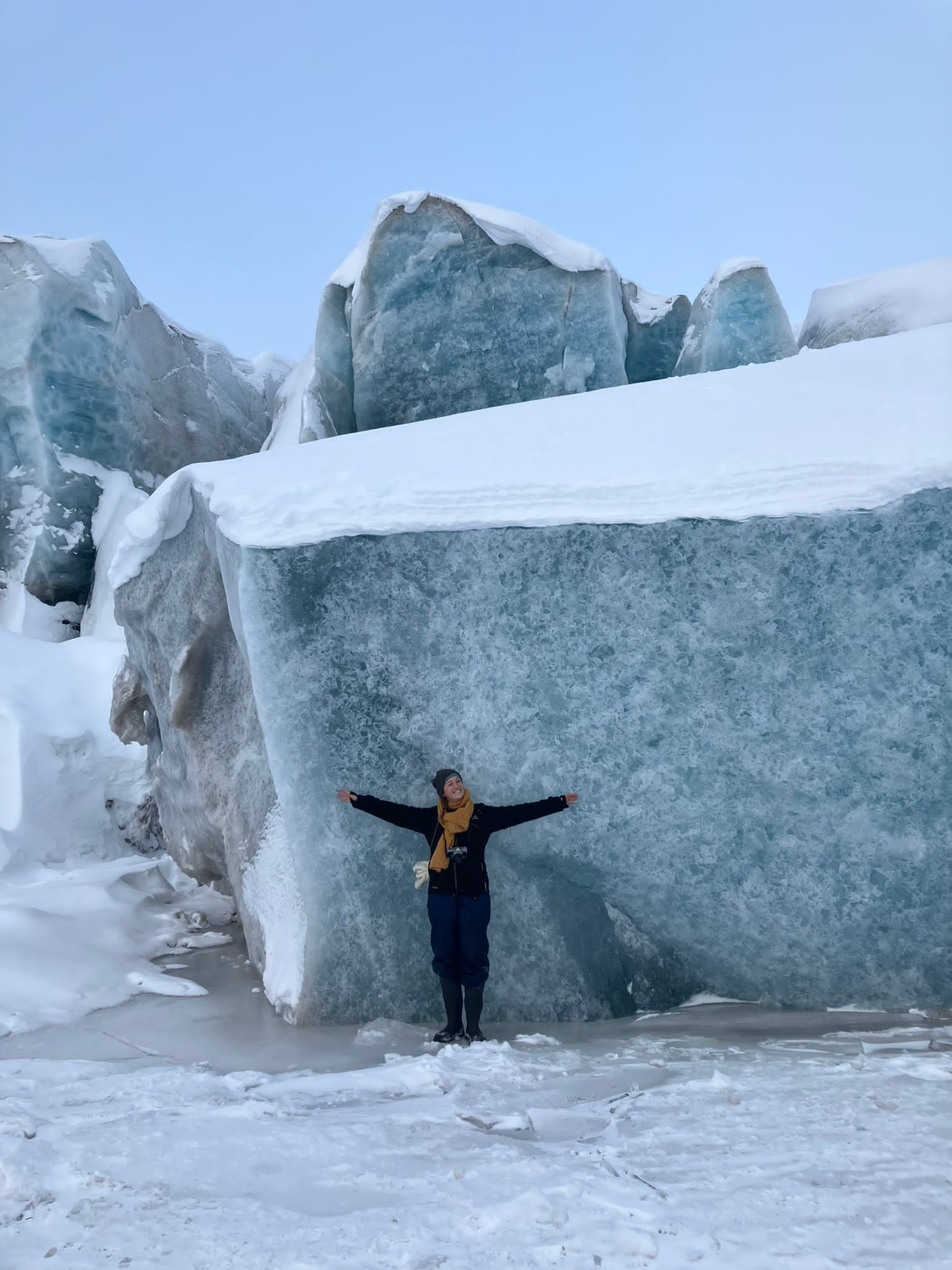 And when you have creative blocks, what motivates you to continue?
And when you have creative blocks, what motivates you to continue?